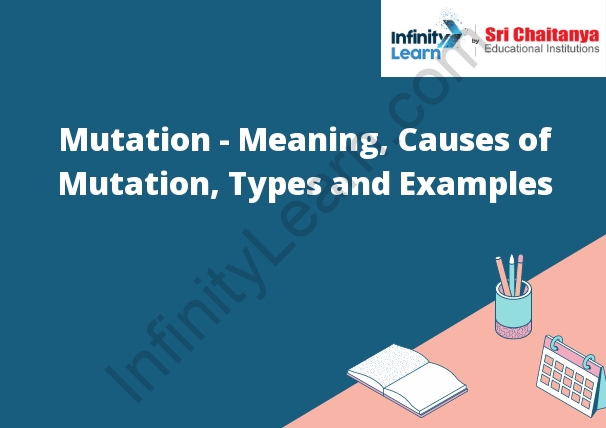Table of Contents
An Introduction To The Federal Reserve
The Federal Reserve is the central bank of the United States. It was founded in 1913 to provide the nation with a safer, more flexible, and more stable monetary and financial system. The Federal Reserve System is composed of a central governing board, the Board of Governors, and twelve regional Federal Reserve Banks. The Board of Governors is responsible for setting national monetary policy, while the regional Federal Reserve Banks carry out that policy in their respective districts.
The Federal Reserve System is tasked with maintaining price stability, full employment, and financial stability. It does this by implementing monetary policy, regulating banks and other financial institutions, and providing financial services to banks and the U.S. government. The Federal Reserve also oversees the nation’s payment systems, including check processing and electronic payments.

Mutation Meaning
Mutation is a change in the genetic material of a cell, caused by an error in the DNA replication process or exposure to a mutagen. Mutations can be harmful, neutral, or beneficial to the organism.
What is Mutation and The Causes of Mutation?
A mutation is a change in the DNA sequence of a gene. Mutations can be caused by things like radiation, chemicals, or errors that occur during replication.
Types of Mutation:
There are many types of mutation, but the most common types are point mutations, frameshift mutations, and copy number variations.
Point mutations are changes in a single DNA base pair. They can result in the substitution of one DNA base for another, the insertion or deletion of a single DNA base, or the inversion of a single DNA base pair.
Frameshift mutations are mutations that occur when a single base is inserted or deleted from a DNA sequence, causing the reading frame of the gene to shift. This can result in a completely different protein being produced, or in the complete disruption of the gene.
Copy number variations are mutations in which the number of copies of a particular gene or DNA sequence is altered. This can result in an increase or decrease in the amount of the gene product, or in the complete disruption of the gene.
1. Gene Mutations
are changes in the sequence of nucleotides in a gene.
Gene mutations can be caused by a variety of factors, including environmental exposures, radiation, and certain chemicals. Gene mutations can also be inherited from parents.
2. Gene mutations can cause a variety of changes in the gene, including changes in the amount of protein the gene produces, changes in the way the protein behaves, or changes in the way the gene is regulated.
3. Gene mutations can have a variety of effects on the organism, depending on the gene and the type of mutation.
Some gene mutations can cause serious health problems, while others may have no noticeable effect on the organism.
2. Chromosomal Mutations
Chromosomal mutations are changes in the chromosome structure. They can be caused by a variety of things, such as radiation, chemicals, or errors during cell division. Chromosomal mutations can result in a variety of changes, such as changes in gene expression, changes in chromosome number, or changes in chromosome structure. Chromosomal mutations can have a variety of effects on the organism, depending on the type of mutation and the gene involved. Some chromosomal mutations can be harmful, while others may have no effect.
3. Somatic Mutation
A somatic mutation is a genetic mutation that occurs in a body cell other than a sperm or egg cell. Somatic mutations are not passed on to the next generation.
4. Germinal Mutation
A germinal mutation is a mutation that is passed on to the next generation. This type of mutation can be caused by environmental factors or by errors that occur during replication of DNA.









